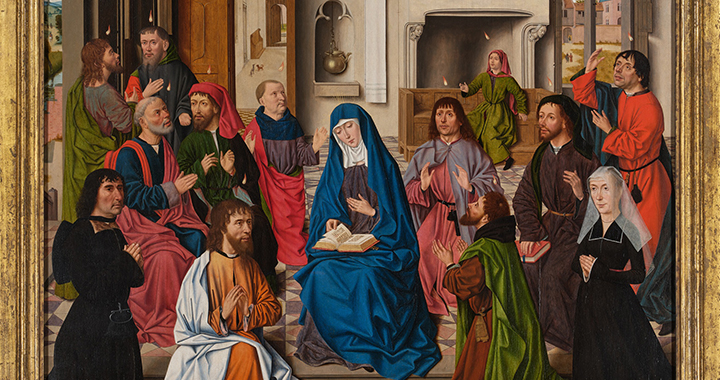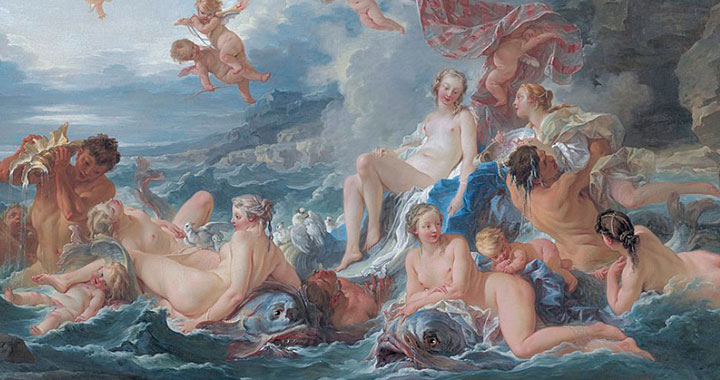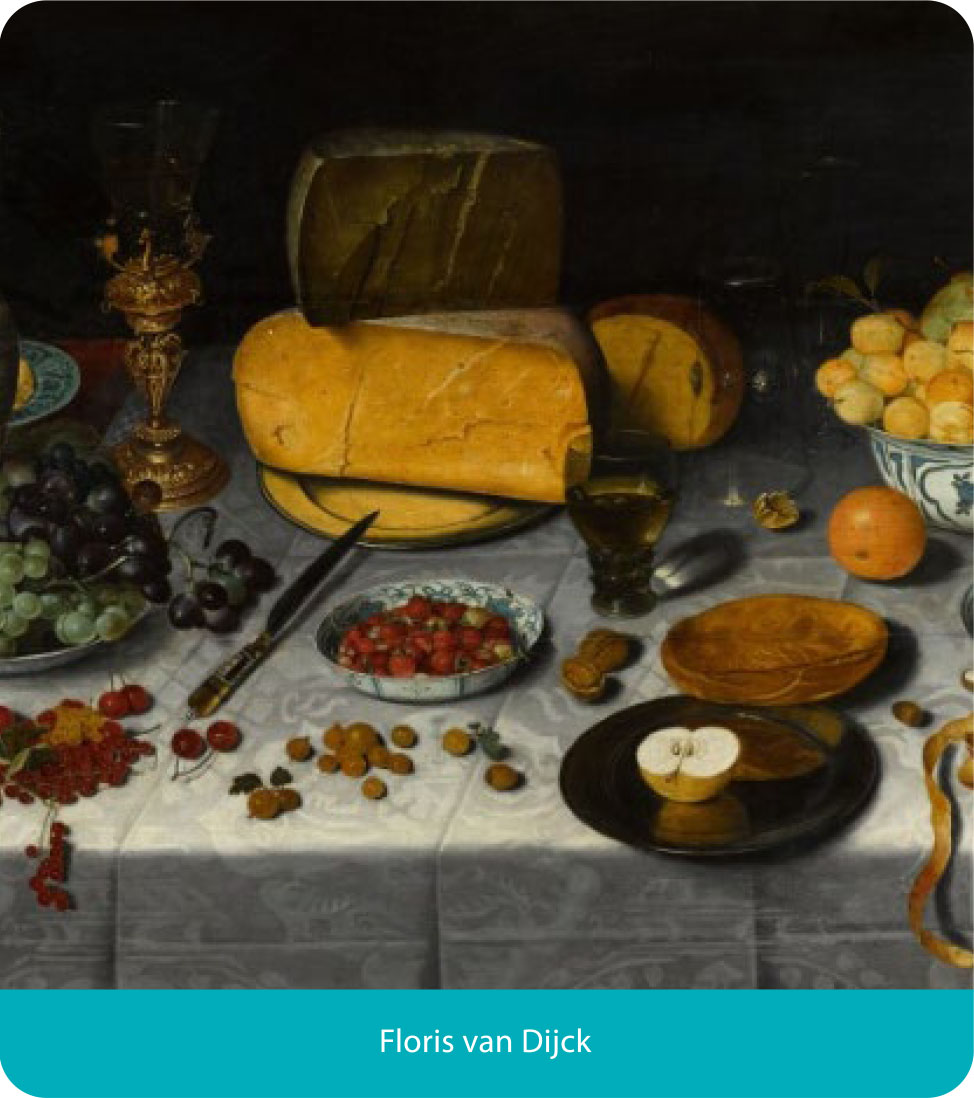I can’t think of a painter who was as influenced by, or devoted to recording the landscape of his boyhood, as John Constable R.A. (1776-1837). He is famously recorded as saying: “Still I should paint my own places best; painting is with me but another word for feeling, and I associate ‘my careless boyhood’ with all that lies on the banks of the Stour; those scenes made me a painter, and I am grateful.”
He was born in East Bergholt in Suffolk and the villages of the Stour Valley were the subjects of his early work. However, as Michael Rosenthal points out in his excellent book ‘Constable, the painter and his landscape’ published in 1983, it was not all plain sailing. Despite the familiarity and love of the place, there were emotional associations that precluded Constable painting certain aspects of his childhood landscape. For instance, he was incapable of painting land owned by his father, Golding, a successful farmer, mill owner and grain merchant, until Golding came to terms with is son’s desire to become a painter. Golding wanted him to join and then run the family business, as John’s elder brother had learning difficulties. By 1799, Golding had relented to some extent, granted his son a small allowance and John then entered the Royal Academy Schools.
In 1808 Golding gave him a small grain store in East Bergholt to convert into a studio, now owned by my friend, Susan Morris. She’s the only one of my friends who has a fridge magnet of her house! Father and son were truly reconciled.

In 1816 he married Maria Bicknell, whom he had known since 1809. Their love was a source of great comfort to Constable, but the union was not approved of by Maria’s grandfather, Dr Rhudde, rector of East Bergholt, who threatened to disinherit her. He thought the Constables were socially inferior. However, Golding and Ann Constable died in quick succession and John inherited one fifth of the family business, which eased the financial pressure.

Now with several children to support, he embarked on an ambitious plan to enhance his reputation by producing large canvases for exhibition in both London and Paris. He returned to his beloved Stour Valley for these and produced a series of ‘six footers’ (the size of the canvas), of which the most famous is ‘The Hay Wain’.

It was exhibited at the Paris Salon in 1824, where it caused a sensation, because of its vibrant technique and colour and its truth to nature. It was awarded a gold medal by Charles X. Delacroix repainted the background of his ‘Massacre de Scio’, as a result of seeing it.
By the early 1820s, Maria was showing signs of tuberculosis and Constable took lodgings in Brighton for her health. He made numerous drawings of the South Downs and Coast, and produced a marvellous oil painting of the ‘Chain Pier, Brighton’, which was exhibited in 1827. Sadly, the sea air did not save Maria and after the birth of their seventh child, Maria died in November 1828. Constable was distraught. He wrote to his brother, also called Golding, ‘hourly do I feel the loss of my departed angel…the face of the world is totally changed for me’.

The period following Maria’s death was a profoundly melancholic one for Constable. He dressed in black and was prone to anxiety. I always think that Hadleigh Castle sums up Constable’s state of mind at this time. A lonely figure and his dog stand beside the ruined castle, whilst a storm approaches from the sea, with just two shafts of light to suggest some source of hope. The palette is subdued but the brushwork vigorous, the product of a troubled mind.

On a less sombre note, there is a charming story that Constable relates to his friend Archdeacon Fisher of Salisbury. He was travelling in the 1820s in a carriage from Ipswich to London with two strangers. By way of making conversation, he pointed out of the window and remarked “Don’t you think this is a beautiful landscape?” One of the strangers said “yes I do, Sir, but you should remember this is Constable country.”
















































